Genus:Clematis
Species:hybrid
Variety:’Jackmanii’
Zone:4 – 8
Bloom Start to End:Early Summer – Late Summer;Clematis Pruning:Group 3
Habit:Vining
Plant Height:7 ft – 10 ft
Plant Width:3 ft – 6 ft;Bloom Size:4 in
Additional Characteristics:Butterfly Lovers,Flower,Free Bloomer,Heirloom,Hummingbird Lovers,Long Bloomers,Pruning Recommended,Repeat Bloomer,Rose Companions
Bloom Color:Purple
Foliage Color:Medium Green
Light Requirements:Full Sun
Moisture Requirements:Moist, well-drained
Resistance:Cold Hardy,Disease Resistant,Heat Tolerant,Humidity Tolerant,Pest Resistant
Soil Tolerance:Clay,Normal, loamy
Uses:Border,Outdoor,Vines and Climbers
Royal Horticultural Society Award of Garden Merit
A garden classic, popular since the 1800s, Clematis ‘Jackmanii’ is a showy, perennial, large-flowered clematis offering early to late summer interest. Long-blooming and free-flowering, the plant sets masses of violet-purple flowers with a frilly center of cream-colored anthers. The single, 5- to 7-inch flowers typically have 4 petals but occasionally have 5 or 6. The plant blooms on new wood, and at maturity, the vine is fully covered in flowers that attract bees, butterflies, and hummingbirds.
A fast-growing, deciduous climbing vine, Clematis ‘Jackmanii’ has a twining and trailing growth habit of dark green leaves that stay fresh and attractive all season. There is an old saying about clematis’ growth rate: The first year they sleep, the second year they creep, and the third year they leap. Train clematis to climb a trellis, arbor, post, or fence, adding vertical interest. Or allow it to amble along the ground, meandering gracefully through the shrubbery. But for something really special, pair it with a climbing rose, allowing the nimble clematis to twine its way around the sturdy rose stalks. The two will elegantly mingle blooms in the early season, but the clematis will carry it through the heat of summer and the rose will pick up again in fall as the clematis’ blooms fade.
Cold Hardy and easy to grow, Clematis ‘Jackmanii’ prefers full sun to part shade and fertile, moist, well-drained alkaline soil. But it tolerates a wide variety of soils, including chalk, clay, and loams and that are acid or alkaline. Good site selection is key. So, remember the adage for success with clematis when planting: feet in the shade, head in the sun. The plant should be placed where the leaves get plenty of sunshine (approx. 6 hours), but the roots are shaded and kept cool, either by low-growing, evergreen shrubs or by heavy mulch. In hot, humid climates, some afternoon shade may be beneficial. Good drainage is important, and extremely wet locations should be avoided. Protect plants from strong winds but allow good air circulation. Deer resistant.
A Group 3 late-flowering clematis (blooms on new wood in the summer and fall; dies to the ground over winter), Clematis ‘Jackmanii’ should be pruned hard before new growth appears in late winter to remove dead or weak, spindly stems and to make way for the new growth. Cut back to 2 feet or just above pairs of healthy, swelling leaf buds. If training to climb, loosely tie the vines to their structure at this time. It can be pruned again after the first flush of flowers in early summer, cutting back to large buds, to promote a second flush of flowers, but deadheading is unnecessary. This group has to re-grow to their mature size each summer, so they tend to be the last to flower.
Uses: Arbors, Pergolas, Trellises, Wall Sides, Fences, Borders, Beds, and Containers

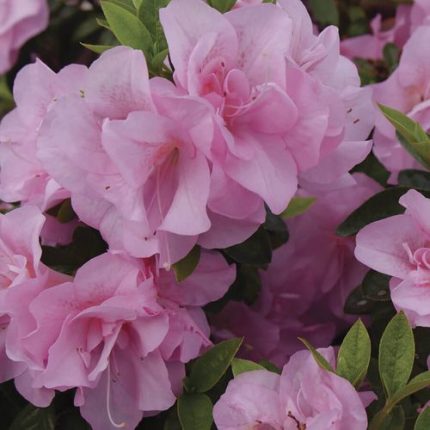
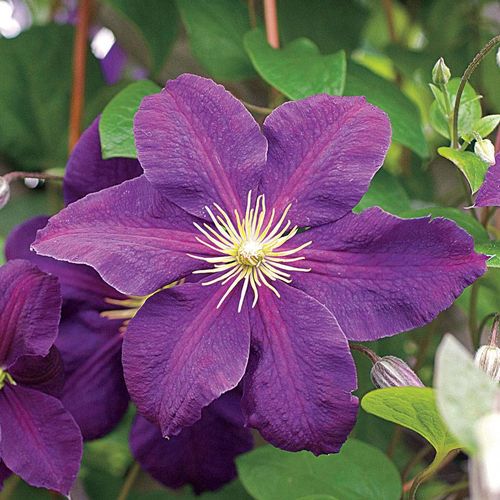
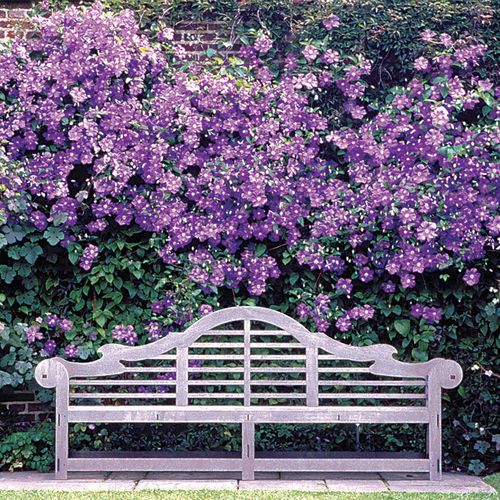

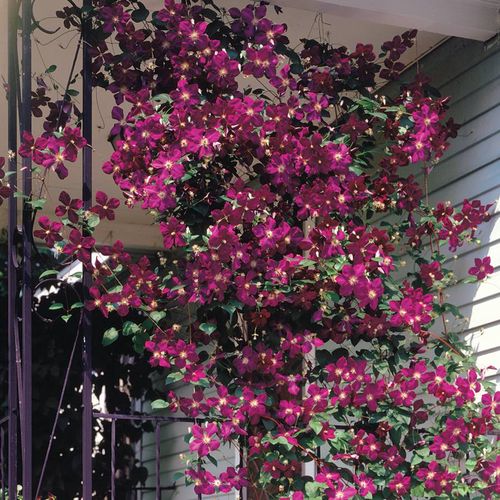
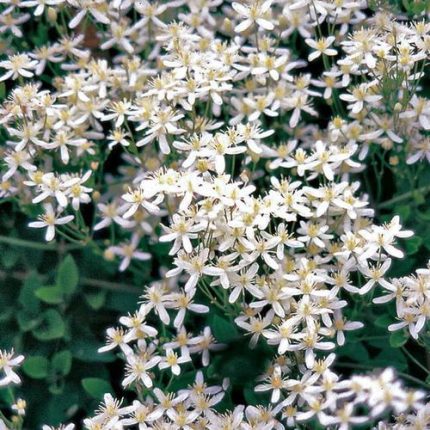
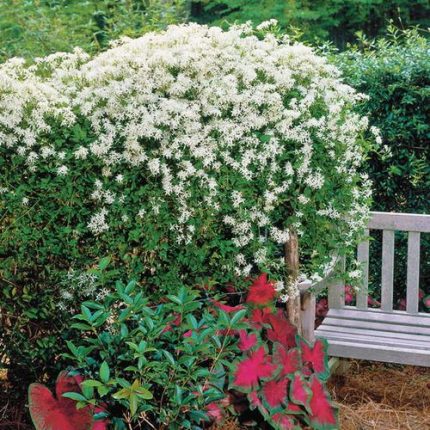

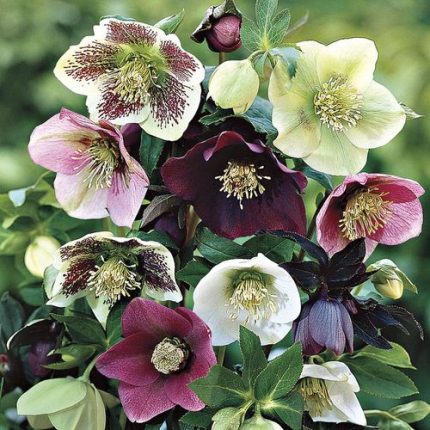
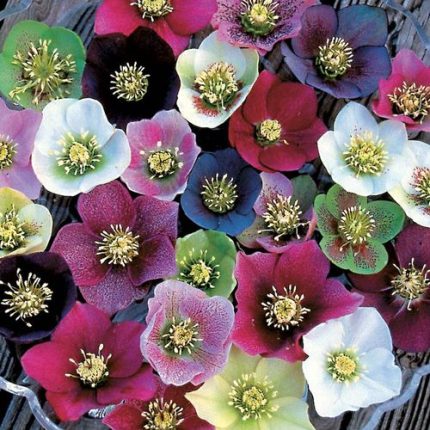


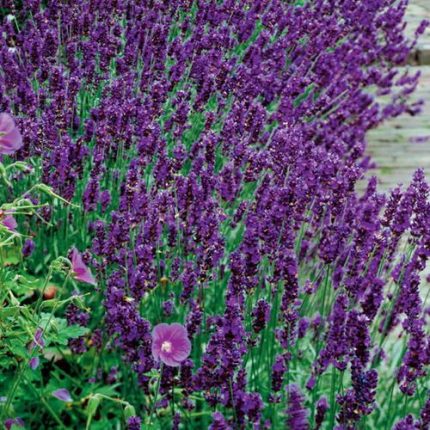
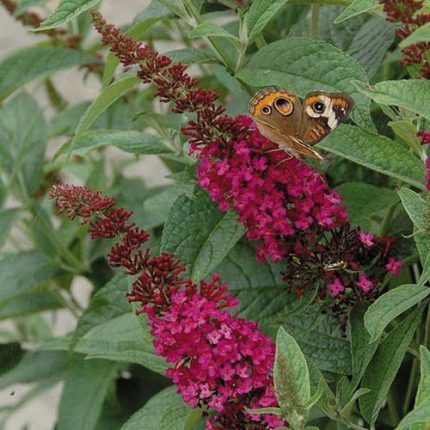
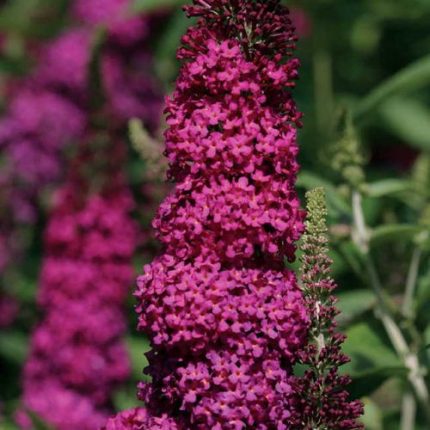
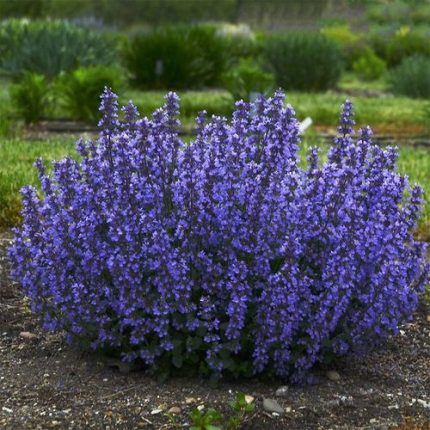
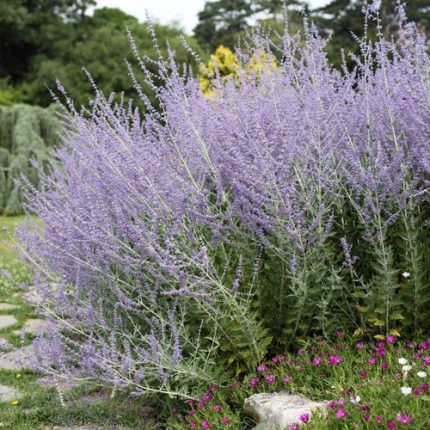
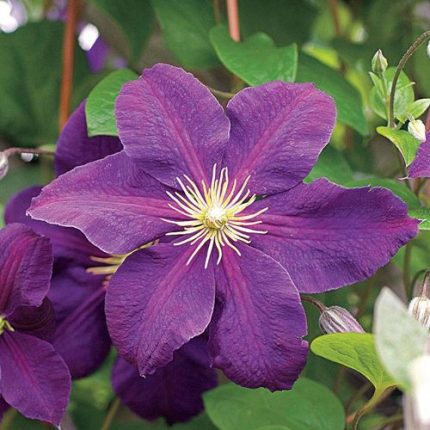
Reviews
There are no reviews yet.